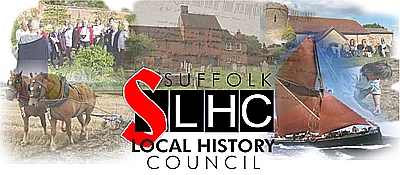Since the Suffolk Review was first issued in the early 1950’s we have published over 500 articles. Now is the time to look back at some extracts from previous editions of the Review which may whet your appetite to have a look at the index and perhaps ask our Review Editor to send you one or more articles.

